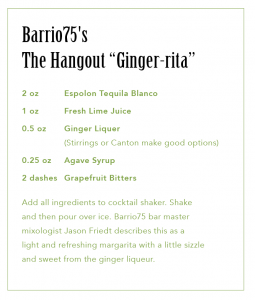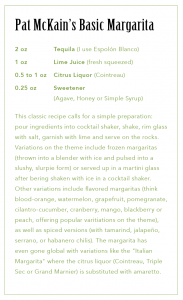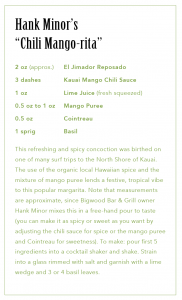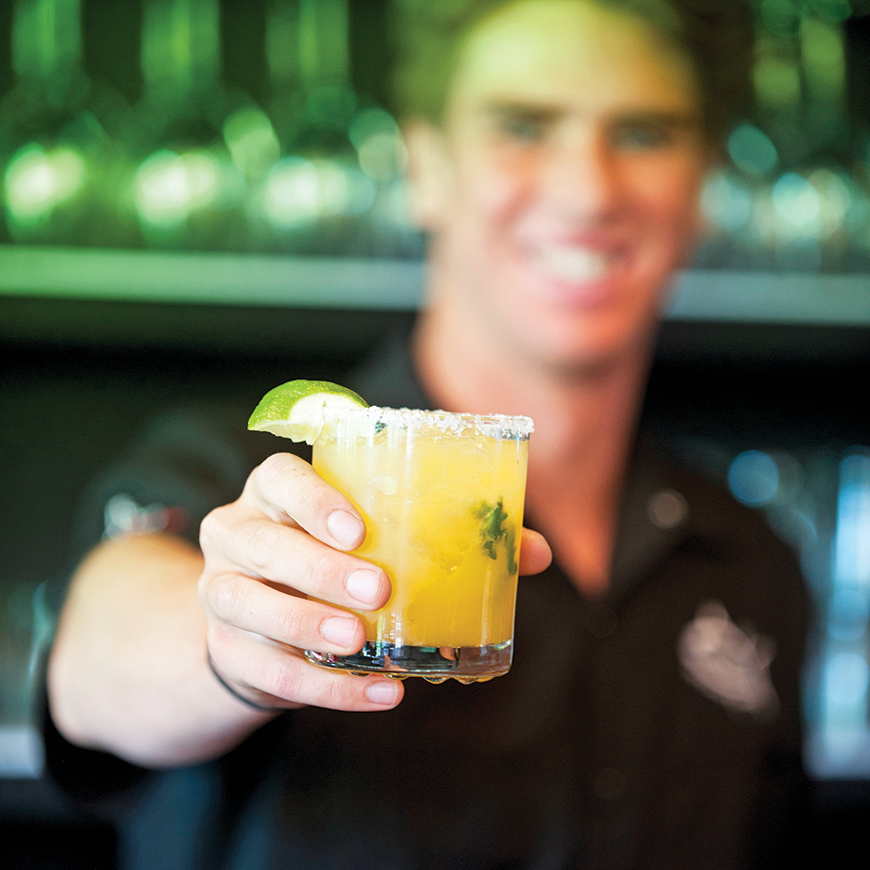The margarita is most often associated with Americanized Cinco de Mayo celebrations where it is served in 32-ounce glasses and filled to the brim with store-bought mix. But like anything that originates in a barroom, this drink has a storied history (several versions, actually) and can be made in dozens of delicious variations—all of which elevate it from a sugary, frozen beverage enjoyed once a year to a perfect year-round cocktail with depth and sizzle.
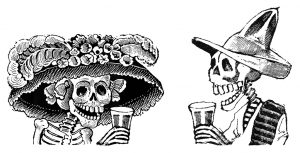 At its most basic, a margarita consists of tequila, orange liqueur, and lime juice. For such a simple cocktail, there is quite a lot of history to the drink, and many different accounts of its true origin. According to some, the margarita is simply a remake of a drink known as “the Daisy,” a drink which cocktail historian David Wondrich says became popular during prohibition—“maragarita” is Spanish for “daisy” and the latin-named version simply swapped out the brandy to tequila, Another origin story dates back to 1938 when Carlos “Danny” Herrerra allegedly created the drink in his restaurant Rancho La Gloria, located halfway between Tijuana and Roasarito in Baja California, for a customer who was allergic to most alcohols except for tequila. There are at least a handful of other histories, claiming to be the first to have invented this drink, ranging from a bar in 1940s Juarez to a Dallas socialite on vacation, but suffice it to say that no matter where its origin lies, its popularity has grown exponentially in the last eighty odd years since it was first poured.
At its most basic, a margarita consists of tequila, orange liqueur, and lime juice. For such a simple cocktail, there is quite a lot of history to the drink, and many different accounts of its true origin. According to some, the margarita is simply a remake of a drink known as “the Daisy,” a drink which cocktail historian David Wondrich says became popular during prohibition—“maragarita” is Spanish for “daisy” and the latin-named version simply swapped out the brandy to tequila, Another origin story dates back to 1938 when Carlos “Danny” Herrerra allegedly created the drink in his restaurant Rancho La Gloria, located halfway between Tijuana and Roasarito in Baja California, for a customer who was allergic to most alcohols except for tequila. There are at least a handful of other histories, claiming to be the first to have invented this drink, ranging from a bar in 1940s Juarez to a Dallas socialite on vacation, but suffice it to say that no matter where its origin lies, its popularity has grown exponentially in the last eighty odd years since it was first poured.
To make a good margarita, versus slurping down a blender full of store-bought ingredients, requires a bit of sophisticated selection. With only three essential ingredients, the quality of those ingredients can make or break a delicious “marg” as it is known in shorthand.
We’ll start with the tequila. Contrary to what one might think, using top-shelf tequila isn’t necessarily going to make for the best margarita.
“The best rule of thumb is to buy what you can afford,” says Marisa Zumbado, a bartender at Sun Valley Resort’s Duchin Lounge. “It’s going into a cocktail so there’s a certain level where the quality doesn’t need to be the absolute best. I’ve made margaritas at the Duchin with very expensive tequila and I can’t say it makes a big difference.”
Zumbado recommends going mid-level, either silver or reposado, but to make sure it’s 100% blue agave. Silver will give your drink a mellow taste while reposado, an oak barrel-aged tequila, will have a more robust and unique flavor profile. To mix it up a bit or to add a smokey flavor, try adding or substituting mezcal.
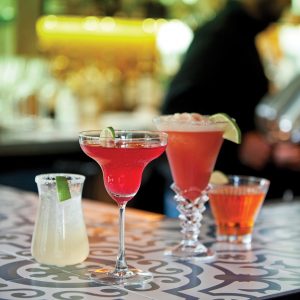
A selection of craft cocktails from Barrio75 (from left to right): El Dueño – Up in the Air, Prickly Pear Mojito, Blood in the Ice (frozen and blended) and Naked and Famous, a simple mixture of Mezcal, pomegranate and citrus.
The next ingredient is orange liqueur which local bartender Patrick McKain sums up by saying, “Triple sec is pretty basic, Cointreau is a big step up, and Grande Marnier is pretty Cadillac (pun intended) and much richer.” McKain, who has bartended at several spots around town including the former Cornerstone and Hotel Ketchum, is now mixing his craft at Town Square Tavern and Enoteca. Zumbado recommends Cointreau over Triple Sec for its clean orange flavor as well as its higher alcohol content.
Alternatively, one can also leave the orange liqueur out depending on your recipe. Jason Friedt, the bar manager for Barrio 75 in Ketchum explains that when using higher end tequila, he often takes out the orange liqueur since the natural aging of the Anejo type of tequila, which he chooses for his margaritas, compensates for the lack of orange flavor.
The last ingredient is lime juice, but this is perhaps the most important part.
“I think the simplest way to elevate any margarita is by simply juicing your own limes,” Zumbado says. “They’re cheap and even though it’s a lot more work, it’s something really worth doing.”
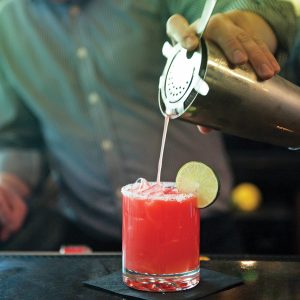
The Grill at Knob Hill’s Slow Burn cocktail, a spicy mixture of hornitos, triple sec, blood orange, serrano pepper, agave and fresh lime.
Once you’ve mastered the basics, it’s time to try adding in different liqueurs, spices, herbs, or fruit. Zumbado recommends trying muddled jalapenos or habaneros for a spice kick, or cucumbers for a fresher drink. McKain says infusions are one way to go. “Think of the desert: sage, peppers, cactus, wild flowers, etc. Additionally, liqueurs like limoncello and aloe are great to modify basic recipes.” McKain’s secret ingredient? A splash of orange juice.
For the final recommendation, all three bartenders advocate serving on the rocks versus blending, mostly so that you don’t lose flavor as the ice melts and because it can be hard to reach the proper consistency.
“I would definitely prefer to make a margarita on the rocks rather than frozen, it gives you the most flavor,” says Zumbado. “I think a frozen margarita has its time and place though.”
McKain suggests using crushed ice (tiki style) as an easy go-between if you’re looking for the middle ground between flavor and frozen.
No matter how much or little flare you want to add to your margarita, or the amount of money you want to dedicate to it, the important thing is to find a recipe that works for you. Once you’ve perfected it, then start to add in some variations and see what you like. The options are seemingly endless with this easy, versatile cocktail. Don’t forget to salt the rim and add a garnish!
